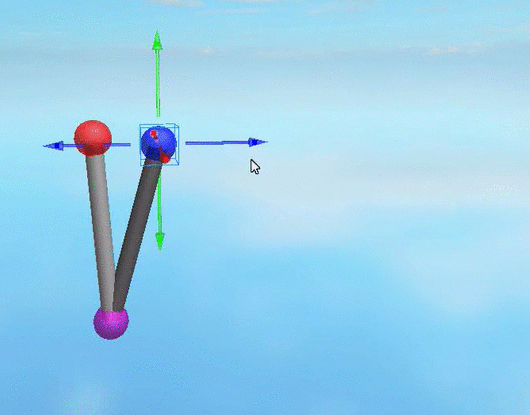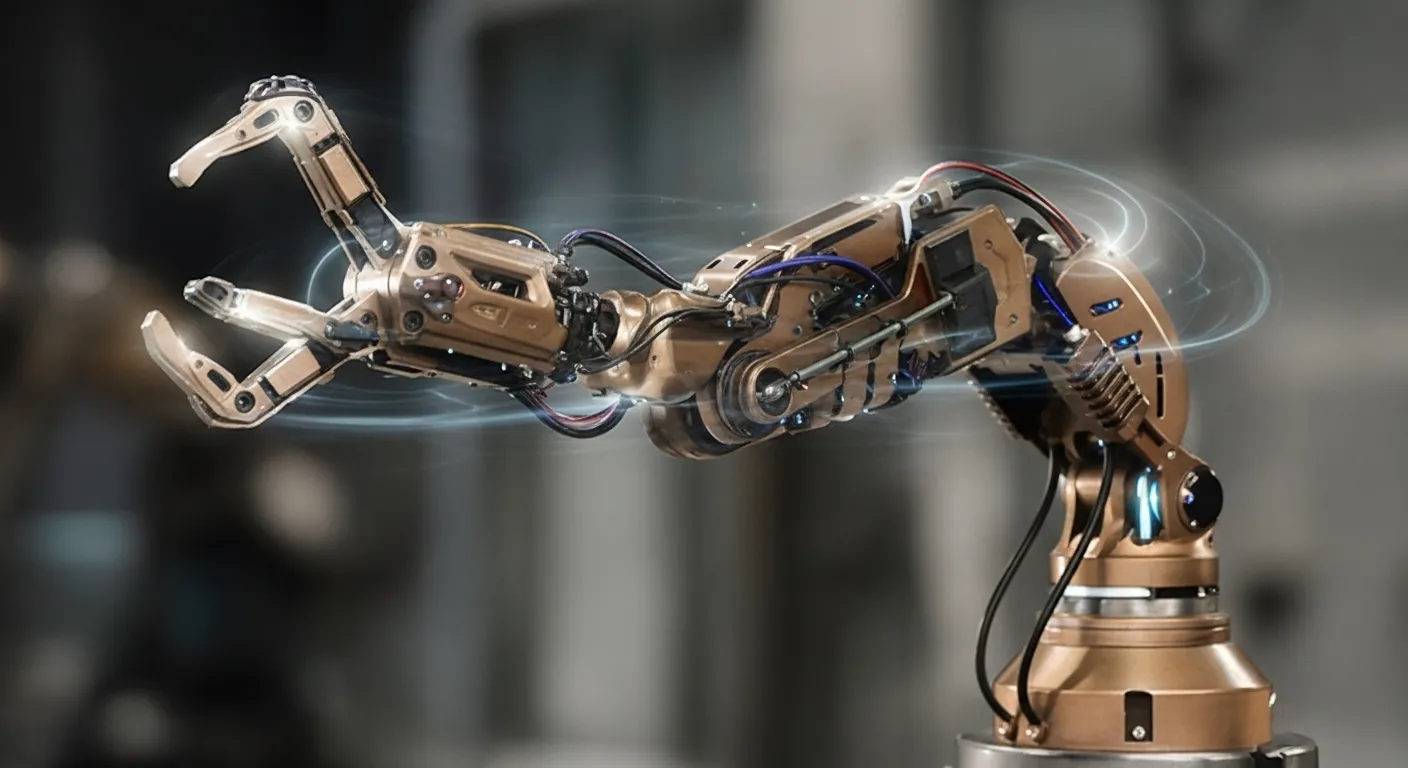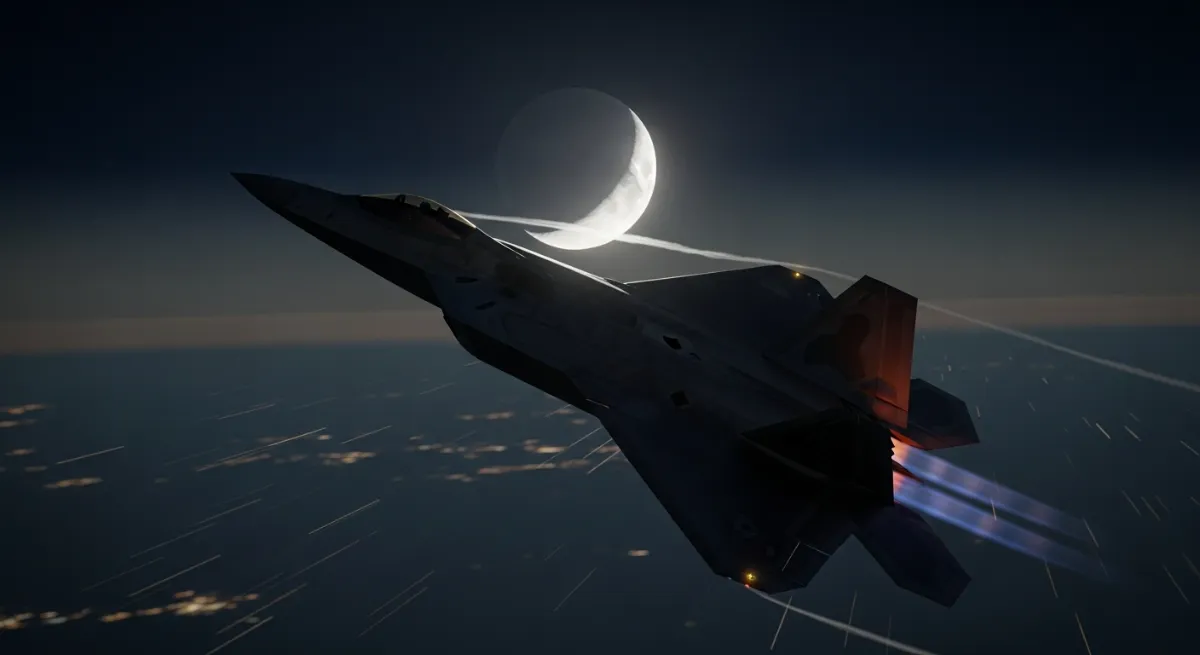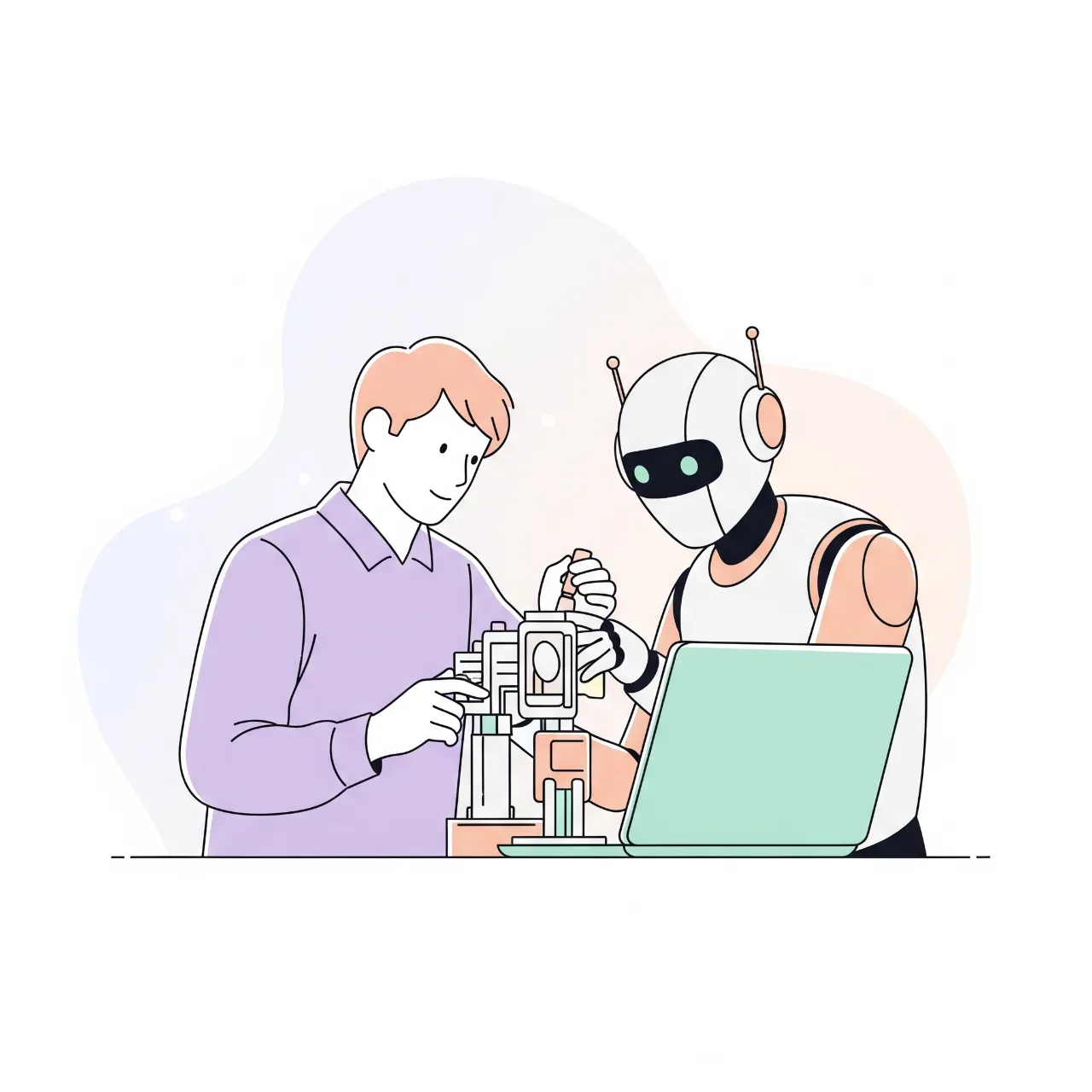- What is Kinematics in robotics?
- Forward and Inverse Kinematics, a prediction and a puzzle
- The Problem of Inverse Kinematics
In the realm of modern manufacturing, the robot arm also known as the manipulator is the tireless worker, the precise artist of the assembly line. But before these metallic arms can weld a car door or package a smartphone, they must first master the science of Kinematics.
So, what is kinematics? It is a the study of motion purely through geometry. It ignores electricity, motors and force; it only cares about the shape of the arm, its joints, its movements and its destination.
The story begins with the fundamental structure of any robot arm—the Kinematic Chain.
Act I: The Mechanical Skeleton

Every robotic limb, from the largest industrial titan to the smallest desktop assistant, is built from rigid Links connected by flexible Joints. The base is fixed, Link 0. The hand, or End-Effector—the gripper, the welder, or the syringe—is attached to the end of the Link. This chain will then defines the robot's existence.
Bust these manipulators are not all the same. Consider the celebrated SCARA (Selective Compliance Assembly Robot Arm). It is a brilliant specialist, designed like an elbow-and-shoulder system that moves primarily on a flat, horizontal plane. This design gives it Selective Compliance: it is vertically stiff but horizontally flexible. A SCARA trades a complex, 3D reach for blistering speed, and surgical precision in a defines, planar workspace.
The core challenge for any manipulator is simple: control. The system needs a map to navigate the world. This map is defined by two interlocking problems.
Act II: Forward Kinematics
The first problem a robot solves is Forward Kinematics (FK).
Imagine you are a crane operator. You have two controls: one to rotate the base (your shoulder joint) and one to extend the main boom (your prismatic joint). Before you even look, you know where the crane's hook will land if you set the rotation to 10 degrees and the extension to 20 meters.
Forward Kinematics is the robot's ability to look at its own internal settings—the angle of every joint—and instantly determine its exact position and orientation in the outside world.
The complexity comes from translating the rotation and extension of each joint into a universal language. This is where the Denavit-Hartenberg (D-H) Convention is key. It's a universally accepted protocol that gives every link and every joint a standard ID card, describing its length, twist, and relationship to its neighbors.
In essence, FK is the robot answering the question: "Given my current joint configuration, where exactly is my hand?"
Act III: Inverse Kinematics (The Goal-Driven Puzzle)
If Forward Kinematics is a prediction, Inverse Kinematics (IK) is a puzzle. It’s the essential step required to make the robot do something useful.
Imagine the control panel lights up with a single destination: "Place the package exactly at X=50 cm, Y=10 cm, Z=5 cm." The robot does not care about the joint angles yet; it only cares about the goal position, or Pose.
Inverse Kinematics is the process of mathematically reverse-engineering the required joint settings to achieve that single, desired goal.
This process is often the biggest challenge in robotics, and it can yield unpredictable results:
- Multiple Solutions: Just like you can reach a glass on a table with your elbow up or your elbow down, a robot may find two, four, eight, or even sixteen different joint configurations that all hit the exact same point in space. The control system must decide which path is fastest or safest.
- No Solution (The Limit of the Workspace): If you try to command the robot to reach a target that is too far away or behind its base, the IK calculation will fail. This target lies outside the robot's Workspace, the physical volume of space the end-effector can reach.
- The Singularity: This is the robot's moment of confusion. It happens when two or more joint axes line up perfectly, causing the arm to lose one of its degrees of freedom. The robot is momentarily "locked," and the IK solution becomes impossible or yields an infinite number of answers. It is the geometric equivalent of a human arm being fully extended, locking the elbow and shoulder, and leaving the wrist to just flail in place.

Conclusion: The Triumph of Geometry
The story of the robotic manipulator is a testament to applied geometry. The cold, logical mechanics of the Kinematic Chain are brought to life through the two-way control loop:
- Forward Kinematics ensures the robot always knows where it is.
- Inverse Kinematics allows the human operator to tell the robot where it needs to go.
By mastering these architectural challenges—from the planar elegance of the SCARA to the multi-solution puzzles of a complex arm—engineers have transformed a simple pile of metal links into a tireless, purposeful machine, ready to reshape the industrial world.





